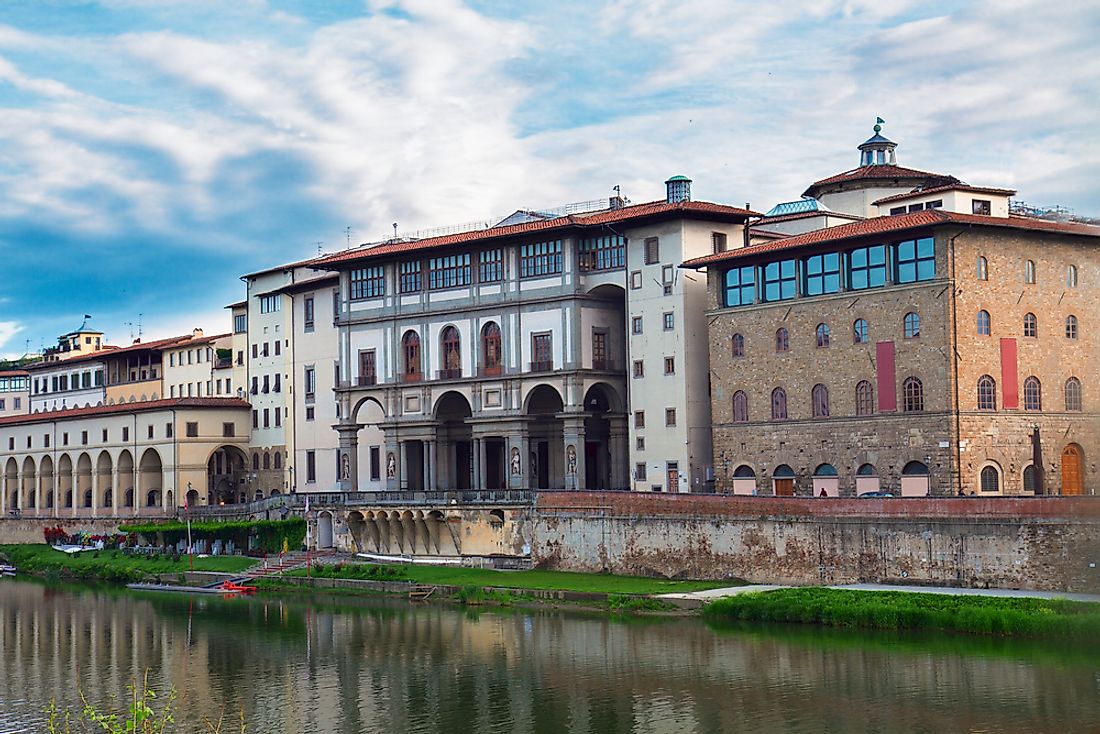History of the Uffizi Museum

Introduction
Although the Uffizi is known today for being a prominent art museum, this was not its initial intended use. This building was established by Cosimo, the great duke of Tuscany. The purpose of the building was to accommodate offices of Florence. During its construction, several infrastructures were demolished to create more space for its construction. One of the demolished buildings was the San Pier Scheraggio, an ancient Roman Catholic Church.
The Uffizi Today
Today, the Uffizi is one of the most visited museums in the world. It has been open to the public since at least the year 1765. In its early years, it gained popularity, a fact that rings true to this day. For many years, the museum has been undergoing a renovation project to expand its collections. Some of the most famous paintings to be found in the museum include the Birth of Venus, Venus of Urbino, Bacchus, Annunciation, La Primavera, and Flora. The museum itself is also a work of art, as it was designed by famous Italian architect Giorgio Vasari. In its early days, the grand space used to only be open to members of the royal family and select guests.
Challenges Faced
In 1993, a bomb exploded in a car, costing the lives of five people and damaging parts of the palace hosting the museum. Several art pieces were damaged, some beyond reparation. The crime remains unsolved to this day. In both 1966 and 2007, the museum was damaged by flooding.











